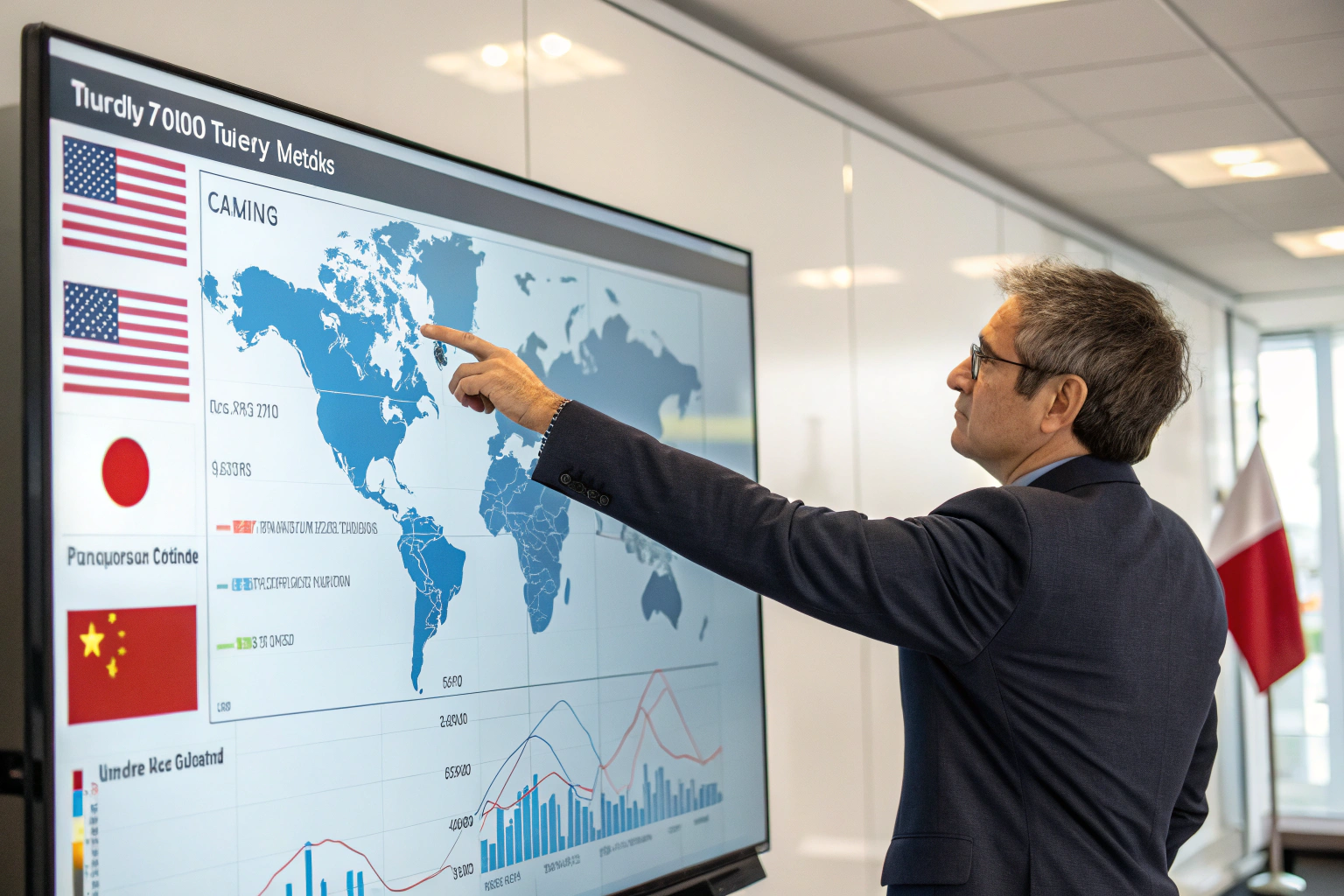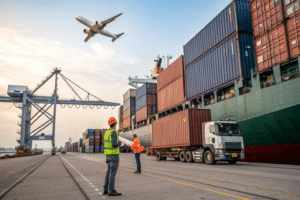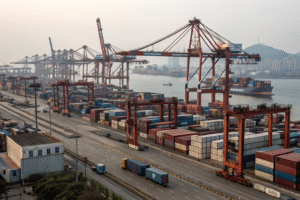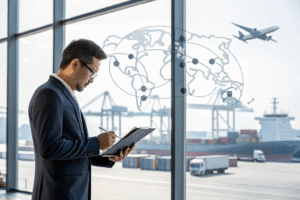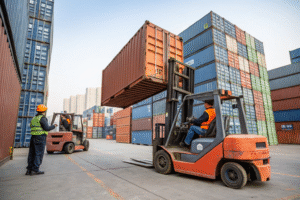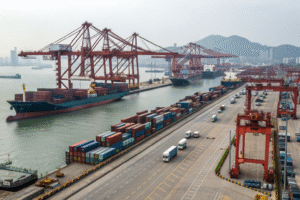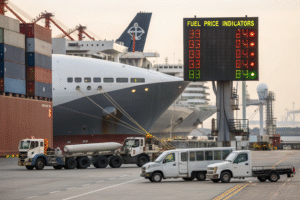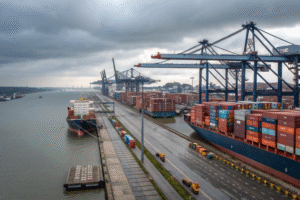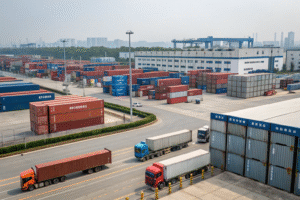Tariff hikes aren’t random—they’re often driven by data-backed motives like trade deficits, political retaliation, industrial protection, or environmental policy. In the post-pandemic global economy, international tariffs have become tools of strategy—not just sources of revenue.
This article analyzes the core factors driving international tariff increases using real-world data from 2018 to 2025, focusing on key trade zones like the U.S., EU, China, and ASEAN.
At GeeseCargo, we help businesses stay ahead of tariff hikes by monitoring policy triggers, tracking customs data, and rerouting freight before cost spikes hit the invoice.
How Do Trade Deficits and Protectionism Influence Tariffs?
Countries often use tariffs to fix imbalances in trade and protect domestic jobs.
When a nation’s trade deficit widens, it may impose tariffs on imports to support local industries. This protectionist approach is especially common during elections or economic slowdowns.
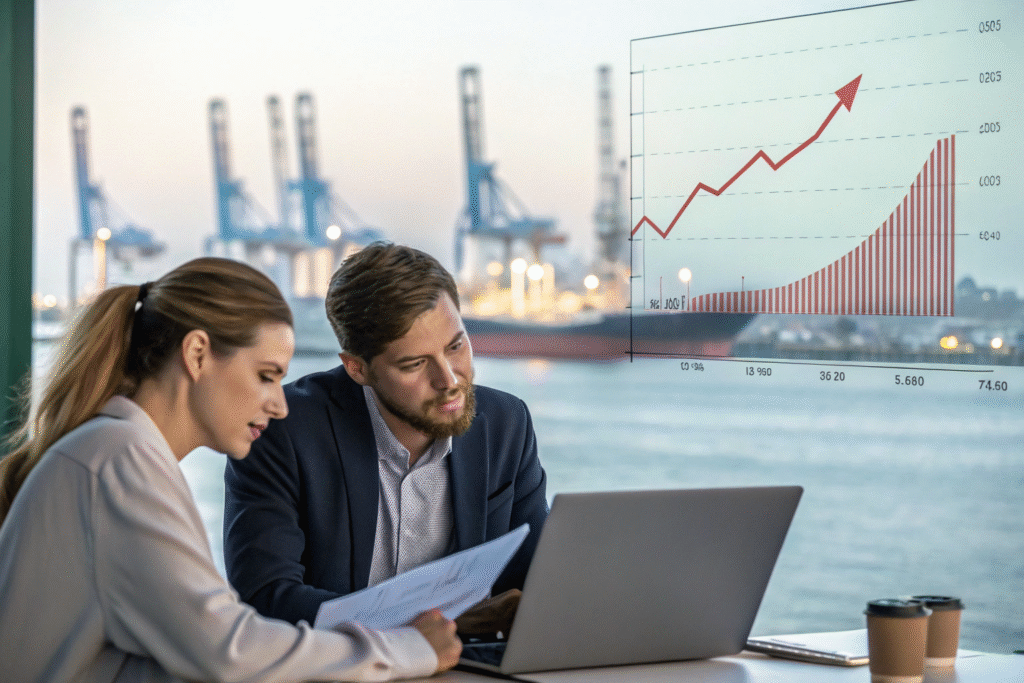
Data Snapshot:
- U.S. trade deficit in 2022: $948B → Section 301 tariffs extended into 2024
- India raised import tariffs on electronics in 2021–22 to protect domestic assembly
- Indonesia increased textile tariffs in 2025 citing growing import share
Track OECD trade balances and WITS tariff alerts for macro-policy indicators.
Which Sectors Are Usually Protected?
- Automotives
- Textiles and apparel
- Steel and aluminum
- Agricultural produce
- Consumer electronics
These industries are labor-heavy and politically sensitive.
How Does Geopolitics Trigger Tariff Escalation?
Tariffs are often used as weapons in trade wars or sanctions.
Geopolitical friction—like between the U.S. and China, or EU and Russia—often causes retaliatory tariffs, targeting strategic exports like vehicles, semiconductors, or energy tech.
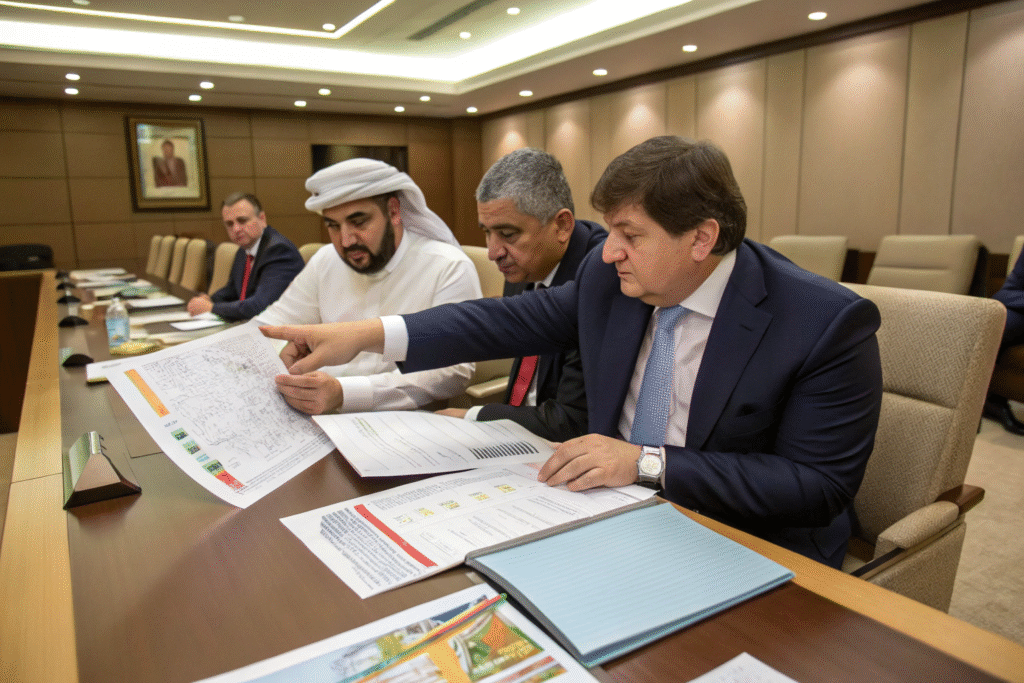
Case Examples:
- U.S. Section 301 tariffs on Chinese electronics (2018–2025)
- Russia’s retaliatory tariffs on Western food and automotive parts (2022–2024)
- China’s export controls on gallium and germanium in response to chip bans
Explore policy timelines at USTR.gov and EU Sanctions Map.
How Should Companies Respond?
- Diversify supplier regions (e.g., shift from China to Vietnam)
- Use Free Trade Agreements (RCEP, CPTPP) to bypass risk
- Shift to bonded warehousing or DDP/DDU flexibility
What Role Do Currency Fluctuations and Inflation Play?
Weaker currencies and domestic inflation increase tariff pressure.
Governments sometimes raise tariffs to control inflation from cheap imports, or to stabilize foreign reserves after currency devaluation.
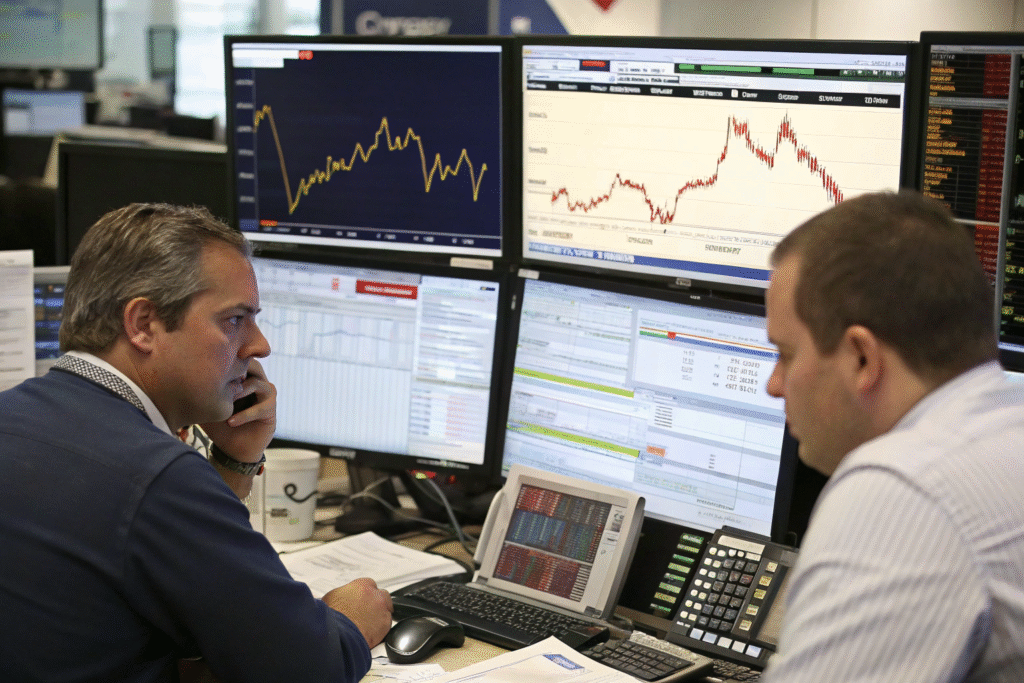
Key Data Points:
| Country | Currency Depreciation (2020–2025) | Notable Tariff Action |
|---|---|---|
| Argentina | -38% | Raised food import duties to 45% |
| Turkey | -52% | Tariffs on electronics up 20% |
| Egypt | -46% | Temporary car part tariff hike |
Use tools like Trading Economics and UNCTADStat to explore currency and policy impact.
Cost Control Tips:
- Lock shipping costs in local currency
- Use forwarder tax simulation dashboards (like GoComet or Flexport)
- Reroute sensitive products via bonded facilities
How Does Environmental and Carbon Regulation Drive Tariffs?
In 2025, green tariffs are a major cost factor—especially for manufacturers and exporters of carbon-intensive goods.
The EU's Carbon Border Adjustment Mechanism (CBAM) and similar policies are adding new duties based on emissions rather than just origin or price.
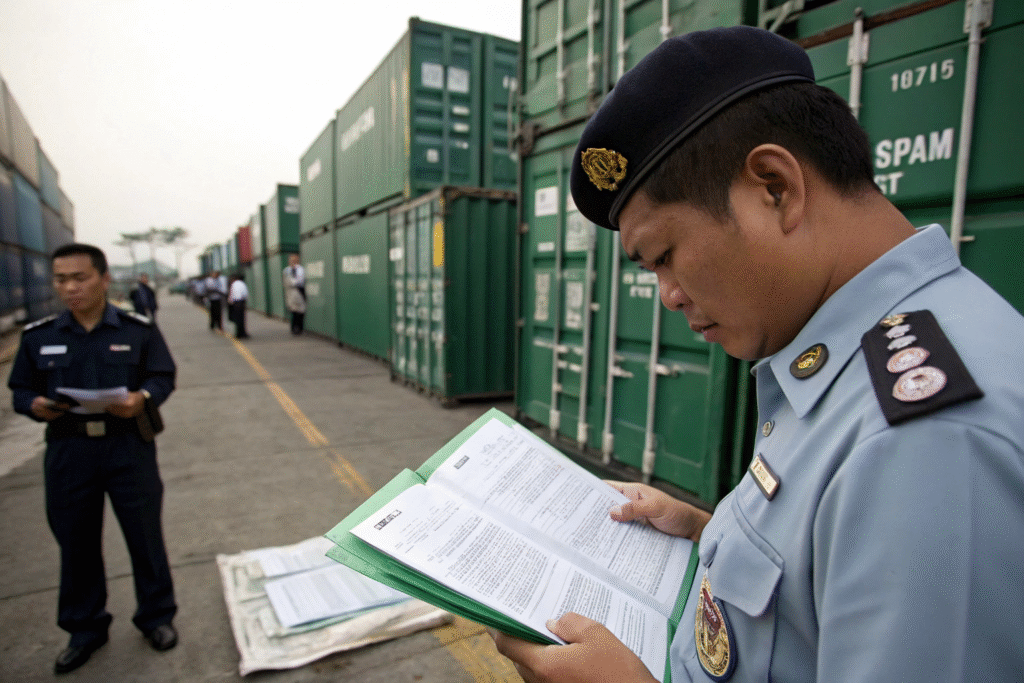
Data in Practice:
- EU CBAM (2025): Charges on cement, steel, fertilizer, electricity, aluminum
- Canada and U.K. exploring similar border carbon adjustments
- ASEAN countries preparing for digital emissions documentation
Check EU CBAM resources and WTO Climate Trade Reports.
What Should Exporters Do?
- Track your supply chain emissions
- Request carbon documentation from factories
- Shift carbon-sensitive goods into certified FTZ processing hubs
Conclusion
Tariff increases are rarely random—they’re triggered by data, policy, and politics. As international sellers or logistics managers, understanding what drives these hikes helps you prepare routes, negotiate Incoterms, and budget with precision.
At GeeseCargo, we simulate tariff exposure based on your category, shipping country, and geopolitical risk. Want a data-driven tariff report for your supply chain? Email Ben Zhu at benzhu@geesecargo.com and future-proof your next international shipment.
